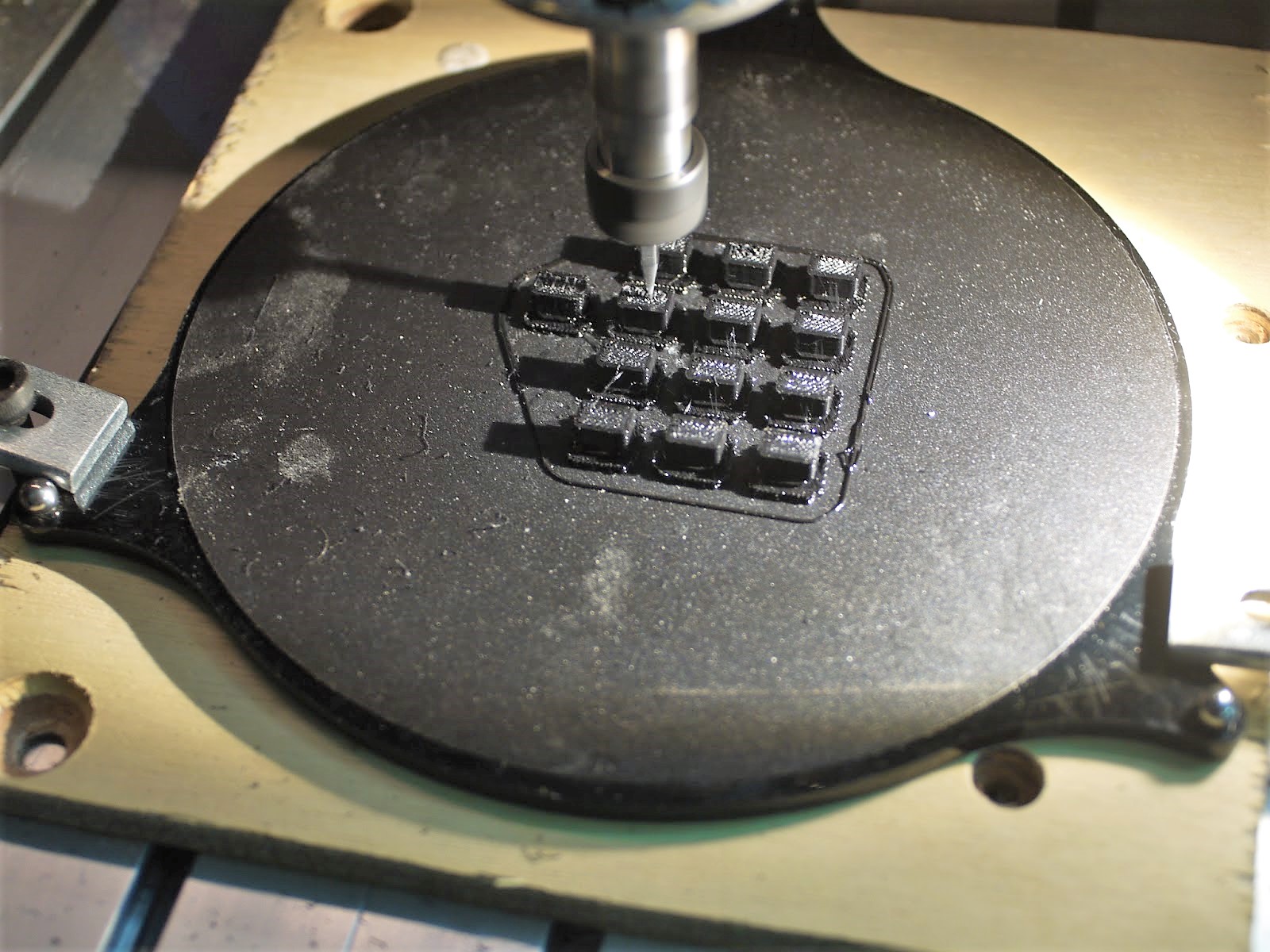We’re suckers for the Fallout aesthetic, so anything with a post-apocalyptic vibe is sure to get our attention. With a mid-century look, Nixie tubes, a brushed metal faceplate, and just a touch of radioactivity, this quantum random number generator pushes a lot of design buttons, and it pushes them hard.
Charmingly named “Chernobyl Dice”, this little gadget comes to us from [Nathan Griffith], and appears to be one of those “Why not?” builds we love so much. The heart of any random number generator is a source of entropy, for which [Nathan] chose to use six slightly radioactive uranium glass marbles. Those feature prominently in the front panel of the device, occasionally made to fluoresce with a few UV LEDs just because it looks cool. A Geiger tube inside the case is used to look for decay events from the marbles every millisecond. After some adjustment for the bias toward zeroes due to the relative rarity of decay events, the accumulated bits are displayed on eight Nixies. The box can be set to generate a stream of random numbers up to 31 bits long and send it over a USB port, or make random throws of a die with a settable number of sides. And when it’s not doing random stuff, it can just be a cool Nixie clock.
There are lots of ways to generate the entropy needed for truly random number generation, from a wall of lava lamps to bubbles in a fish tank. They’ve all got style, but something about this one just works.



















